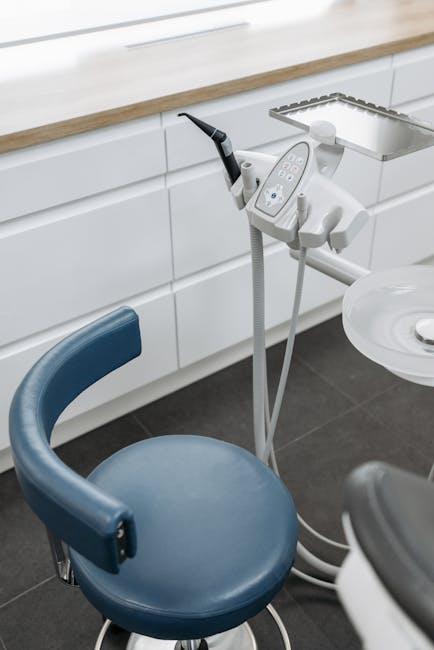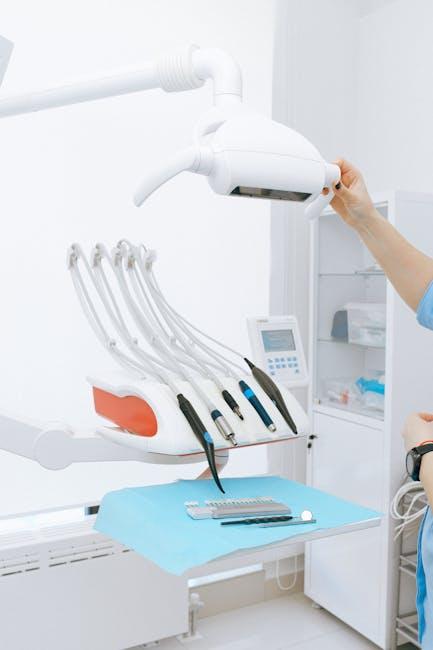
Factors Influencing Dental Care Services Utilization in India Using Andersen Health Behaviour Model: A Systematic Review – BMC Health Services Research
In India, dental health remains a critical aspect of overall wellness, yet utilization of dental care services is often inconsistent and influenced by multiple factors. To better understand these determinants, researchers have applied the Andersen Health Behaviour Model to systematically analyze factors influencing dental care service utilization across diverse Indian populations. This article presents an insightful review of findings published by BMC Health Services Research, detailing the socioeconomic, behavioral, and systemic factors that govern access to dental health care in the Indian context.
Understanding the Andersen Health Behaviour Model
The Andersen Health Behaviour Model is a widely accepted framework to investigate health service utilization. It categorizes influencing factors into three main groups:
- Predisposing Factors: Demographic characteristics such as age, gender, education, and social structure that influence the likelihood to seek care.
- Enabling Factors: Resources and logistical components such as income, health insurance, proximity to services, and availability of providers.
- Need Factors: The perceived or evaluated health needs that motivate individuals to access services.
Applying this model to dental care in India allows for identifying actionable targets to enhance utilization rates.
Key Factors Influencing Dental Care Utilization in India
The systematic review conducted by BMC Health Services Research highlights several determinants based on extensive analysis of Indian dental health studies. The following table summarizes these factors according to the Andersen model categories:
| Factor Category | Key Influencers | Impact on Dental Care Utilization |
|---|---|---|
| Predisposing Factors | Age, Gender, Education, Cultural Beliefs | Higher education and female gender linked to better utilization; cultural stigma may reduce visits. |
| Enabling Factors | Income Level, Health Insurance, Urban/Rural Location, Availability of Dental Clinics | Higher income and urban residence significantly increase access to dental services. |
| Need Factors | Perceived Oral Health Status, Pain, Awareness of Oral Disease | Immediate pain strongly drives service usage; lack of awareness decreases utilization. |
Predisposing Factors Explored
Education consistently emerges as a critical predisposing factor. Those with higher literacy and awareness about oral health are more likely to visit dentists regularly. Gender differences highlight that women might seek dental care more proactively than men, although socio-cultural restraints sometimes limit their access.
Enabling Factors in Depth
Income and urban residency are vital enabling resources. Rural populations often face a scarcity of dental clinics, which directly reduces service use. Furthermore, the lack of comprehensive dental insurance coverage in India restricts affordability, especially for lower socioeconomic groups.
Need Factors Driving Dental Visits
Need factors are often the strongest triggers for dental care utilization. Pain or discomfort compels many Indians to seek immediate dental attention, but preventive visits remain low due to poor knowledge about dental diseases and their consequences.
Benefits of Understanding Dental Care Utilization Patterns
Recognizing these influencing factors enables policymakers and health care providers to:
- Design targeted awareness campaigns addressing cultural myths and educating about preventive care.
- Improve accessibility by promoting mobile dental clinics and incentivizing practitioners to work in rural areas.
- Advocate for expanding affordable dental insurance schemes to reduce financial barriers.
- Encourage community-based oral health promotion integrated within primary health care.
Practical Tips to Increase Dental Care Utilization in India
Whether you are a public health professional or a community leader, consider the following strategies to boost dental care visits:
- Community Education: Conduct workshops and use local languages to spread awareness about oral hygiene and early detection of dental problems.
- Accessibility Improvement: Partner with NGOs to set up temporary dental camps in underserved rural regions.
- Financial Support: Collaborate with insurers and government programs to offer subsidized dental care packages.
- Regular Screening: Promote routine dental check-ups through schools and workplaces to shift focus from treatment to prevention.
Case Study: Rural Dental Care Intervention in Maharashtra
One notable case highlighted in the review involves a public-private partnership in Maharashtra, where mobile dental vans equipped with basic dental care facilities were dispatched to remote villages. Over a year, dental care utilization increased by 35% among villagers over 18 years old.
| Intervention Aspect | Outcome |
|---|---|
| Mobile Dental Clinics | Improved physical access to services by 50% |
| Health Education Sessions | Raised oral hygiene awareness by 40% |
| Subsidized Treatments | Financial barriers reduced by 30% |
This initiative underscores the Andersen model’s enabling factors and their crucial role in enhancing healthcare utilization.
Conclusion
Utilizing the Andersen Health Behaviour Model has provided comprehensive insights into the multifaceted factors influencing dental care utilization in India. The interplay of predisposing factors like education, enabling factors such as income and accessibility, and need factors driven by pain and awareness collectively shapes how and when people access dental services.
Efforts to improve dental service utilization must address these areas holistically by increasing awareness, improving affordability, and expanding access especially in rural communities. The findings from the BMC Health Services Research systematic review serve as a valuable guidepost for health policymakers, practitioners, and community leaders dedicated to improving oral health in India.
For readers keen on fostering better oral health habits, understanding these factors equips you to advocate for stronger dental health programs and demand improved services from local health authorities.


